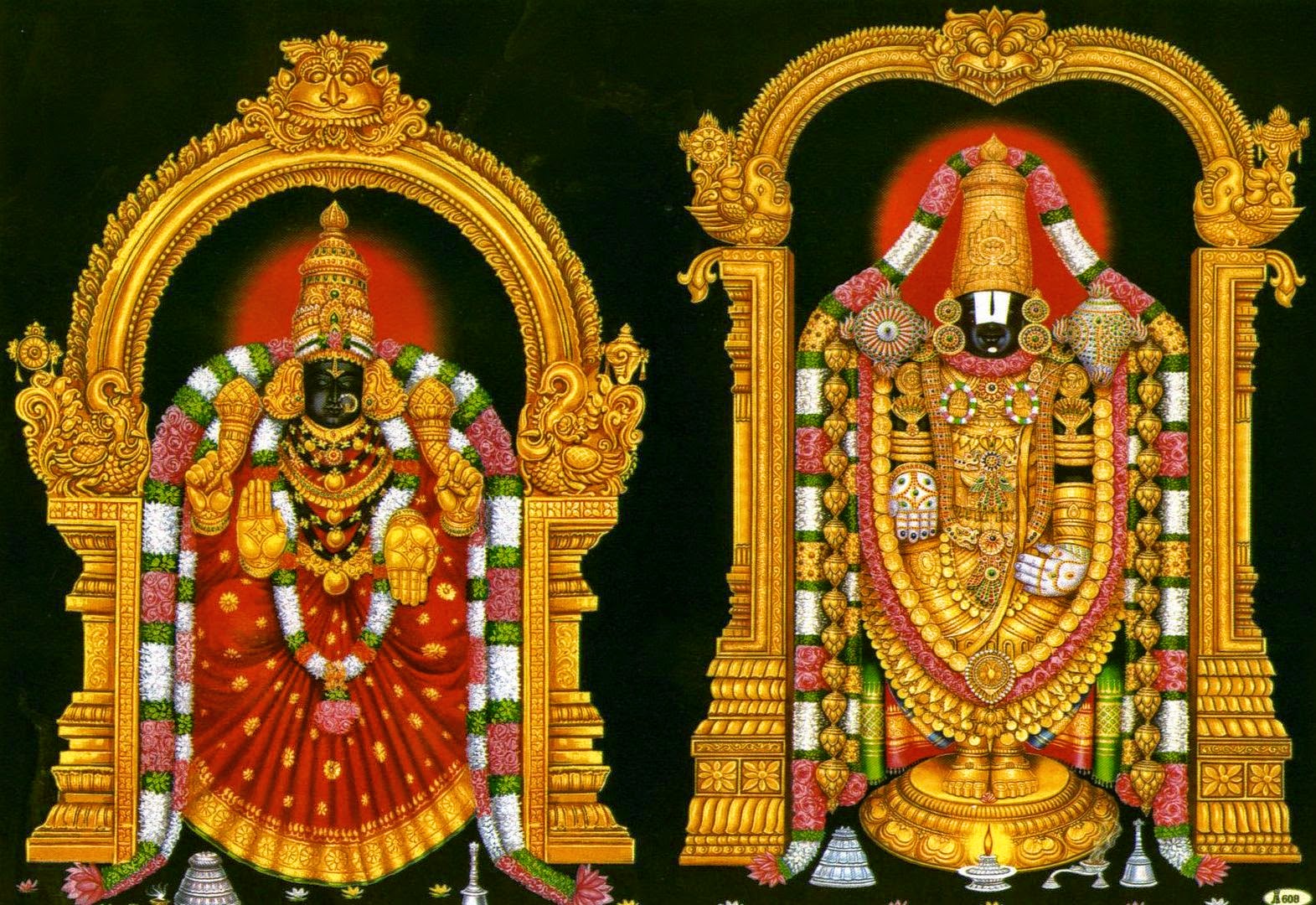The Moksha Gita : Swami Sivananda // Commentary : Chapter 7.9 - Swami Krishnananda.
Chinmaya Mission :
Swami Shashvatanandaji conducted a three-day Shloka training program at Chinmaya Upasana, Hosur, on the 7th, 8th, and 12th of June. The program aimed to spread knowledge through classes, focusing on the recitation of sacred verses. Swamiji imparted teachings on the Dhakshinamoorthy Dhyana Shlokam, Gita Dhyanashlokam, Shivamanasa Pooja, and Ganesa Stava, accompanied by their meanings. The training was open to both men and women, enabling participants to learn the Shlokas with precise pronunciation and understand their significance. The emphasis was placed on learning the Shlokas in-depth, pronouncing them correctly, and cultivating inner harmony. The attendees showed great enthusiasm, actively engaging in the training and successfully absorbing the teachings.
Sunday, 25 Jun, 2023. 07:00.
The Moksha Gita : Swami Sivananda
Chapter 7: The Process of Sadhana - 9.
========================================================================
23.
"If you want to attain Brahman all longings for objects should perish. The more you are removed from objects, the more the effulgence of Brahman will radiate in you." :
When the desire for Brahman is generated, the consequential attitude of the one who desires for it should be a distaste for the objects of the senses. The desire for the part cannot be cherished together with a yearning to gain the whole. The mortal and the Immortal are utter contradictions. When the shadow is run after, the substance is left behind. When there is love for the world, the love for the Infinite is cast aside. The mind cannot think of diversity and Unity at one and the same time. In fact, it cannot even think of two objects at a time. It cleverly manages to shift its centres of imagination from one object to another presenting a false appearance that it is centred on one idea. To rest on one idea is not in the scheme of mental activity. When it is forced to centre itself in the thought of Brahman, it must drop down all the clustering objective thoughts.
There are grades in reality. The more the mind is centred in Truth, the more is it detached from particularised thinking. The whole universe is a stage where different individuals in the different degrees of their consciousness are let to play their own parts. Each individual has its own thought-form or the imagined world based on its own degree of consciousness. From the highest Ishwara to the lowest straw things are arranged in the various orders of consciousness. This consciousness-order is due to the degrees of their connections with the plural universe. Thus the highest Ishwara is the least connected with the pluralistic reality of the universe. He is the nearest to the Absolute or Brahman. When even the dual consciousness which characterises the region of Ishwara is transcended, the individual is no more an individual, it is absolutely cut off from objective relation, it becomes Brahman, the Great!
=========================================================================
24.
"You will never be able to go into Samadhi although you can sit in the Padma or Siddha Asana for six hours at a stretch, if you are not free from attraction and repulsion, anger, egoism and pride." :
Samadhi or the Balance of Consciousness is not the outcome of formalistic practices. Formality is concerned with externality and externality is not the cause of the misery of Samsara. Asanas and breath-regulations alone cannot steady the consciousness of the individual. It is the regulation of thought-functioning that gives rise to higher experiences in the spiritual realm. In Vedantic Sadhana the physical body and the vital are not taken much into account. They being the products of subtler powers that control the life of the individual, the control of those internal forces implies the stoppage of the activity of all their manifestations. Therefore the Vedantic aspirant controls his mind and the intellect, subdues anger, egoism and pride, and thus gets control over the whole nature.
Attraction and repulsion are the main twin-powers which keep in tact the existence of the world. Love for a certain object automatically indicates indifference or hatred towards other objects. Here is created a difference in the undivided nature of Truth. Where there is difference, there is the seed of sorrow, pain, death, birth and all that is undesirable.
Pride is seated in the intellect. The sense of superiority which gives rise to pride creates a difference between things of the universe. Egoism and anger are very powerful agents which bring in sharp differentiation within the One Indivisible Brahman. Thus they are the creators of the appearance of untruth, and as long as these are not held in check, the state of Samadhi cannot be experienced, for Samadhi is an experience of utter Oneness of Consciousness.
The entire ideal of all Sadhanas for Self-realization is to root out differences in life. When this is done, it is immaterial whether one is sitting on Asana or not, practises Pranayama or not. When the sun rises, there is no need of lighting a candlestick. The stars shine only so long as it is not day-break.
*****
To be continued
========================================================================









Comments